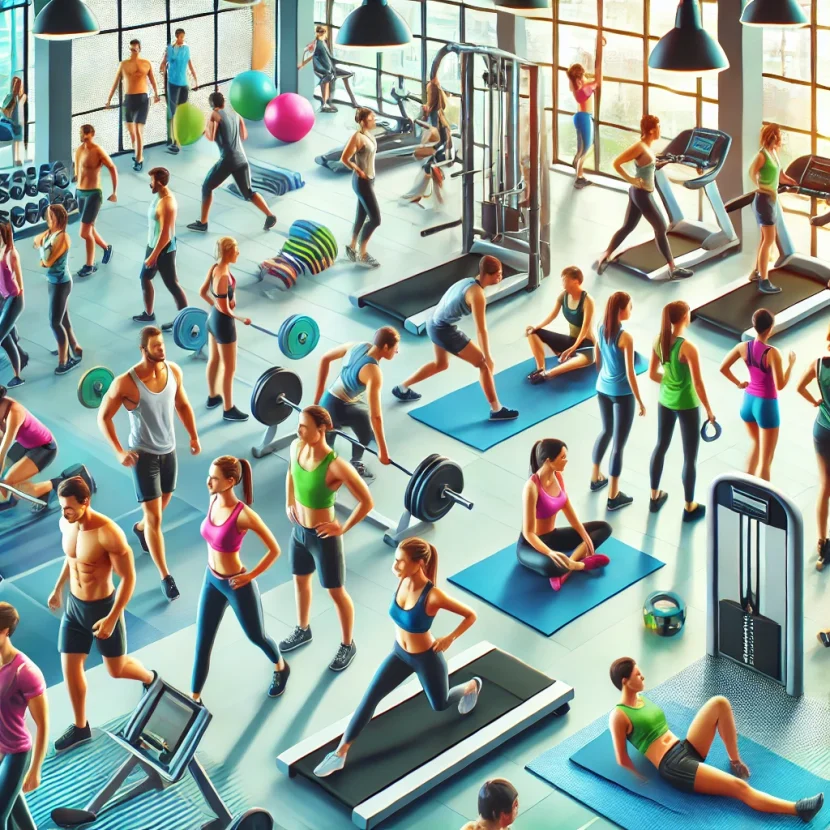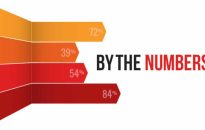How Does Fitness AI Work? 10 Key Components of Fitness AI Fitness AI operates through complex algorithms that analyze user data, helping to create personalized workout plans and insights for fitness improvement. Here’s how it works in 10 essential steps: 1. Data Collection and Analysis Fitness AI apps begin by gathering detailed data, including metrics […]
How Does Fitness AI Work? 10 Key Components of Fitness AI
Fitness AI operates through complex algorithms that analyze user data, helping to create personalized workout plans and insights for fitness improvement. Here’s how it works in 10 essential steps:
1. Data Collection and Analysis
Fitness AI apps begin by gathering detailed data, including metrics like age, weight, height, fitness goals, and complex information such as heart rate, exercise duration, and reps or sets completed. Many apps sync with wearable devices, tracking real-time data like steps, calories burned, and sleep quality. This data is then analyzed to build a comprehensive fitness profile.
- Wearable Syncing: Connects with smartwatches for real-time monitoring.
- Comprehensive Data Sets: Uses biometric and exercise data to provide insights.
2. Personalization Algorithms
Once the data is collected, fitness AI uses algorithms to create a fitness regimen suited to each user’s level and goals. These algorithms consider both physical capacity and desired outcomes, adapting as you progress.
- Custom Fitness Levels: Sets workouts based on your abilities and needs.
- Continuous Adaptation: Adjusts based on progress and user feedback.
3. User Feedback for Continuous Improvement
Feedback from users plays a crucial role. After each session, users are prompted to rate the workout difficulty or provide comments. This feedback loop helps the AI to fine-tune workouts for optimal challenge and safety.
- Session Ratings: Collects user feedback on workout difficulty.
- Tailored Adjustments: Modifies routines to balance effectiveness and comfort.
4. Customized Workout Plans
Using the data and feedback, AI-powered apps recommend personalized workout plans. These aren’t generic routines—they align with your specific goals, whether for weight loss, muscle gain, or endurance improvement.
- Goal-Based Workouts: Aligns workouts to user-specific goals.
- Adaptive Planning: Updates routines based on changing physical states.
5. Real-Time Adjustments and Form Corrections
Some advanced fitness AI apps provide real-time feedback, suggesting adjustments to your workout form or intensity. Wearables track heart rate and other metrics, while some apps even use camera analysis to guide you in maintaining correct posture.
- Biomechanics Analysis: Uses camera feedback to correct posture and prevent injuries.
- Heart Rate Monitoring: Adjusts intensity based on optimal heart rate zones.
6. Gamification and Motivation Techniques
Fitness AI keeps users engaged through gamification, adding badges, milestones, and challenges to enhance motivation. Competitions and community challenges add social elements that keep users coming back.
- Achievement Badges: Rewards for milestones, like workout streaks.
- Community Challenges: Competitions that drive engagement and progress.
7. Progress Tracking and Long-Term Adaptation
Tracking long-term progress is essential in fitness. Fitness AI apps compile data over time, identifying trends and suggesting adjustments, which are essential for preventing plateaus and ensuring ongoing improvement.
- Trend Analysis: Tracks progress over weeks and months.
- Plateau Prevention: Introduces exercise variations to maintain momentum.
8. Nutrition and Recovery Guidance
Advanced fitness AI apps also provide nutrition and recovery insights. This can include tracking macronutrient intake, recommending meals to optimize performance, or scheduling rest days when needed.
- Dietary Tracking: Logs nutrients to support your workout goals.
- Recovery Advice: Suggests rest days based on biometric data.
9. AI-Driven Coaching and Support
Some Fitness AI platforms offer virtual coaching, where users receive AI-driven advice tailored to their training patterns. These virtual coaches can help you stay on track, offering timely support to keep you motivated.
- Virtual Coaches: Offers guidance as you progress.
- Real-Time Alerts: Provides reminders and encouragement.
10. Continuous Learning and Updates
Fitness AI systems are constantly learning. As more data is collected, these systems improve their recommendations, ensuring that each user benefits from the latest in fitness science and technology.
- Machine Learning Updates: Adapts based on collective user data.
- Enhanced Algorithms: Delivers more precise insights with each update.
Fitness AI has made it possible for people to have tailored, effective workouts at their fingertips. By harnessing user data, providing real-time insights, and adapting to individual progress, Fitness AI is shaping the future of personal fitness, making it accessible, engaging, and results-oriented.














